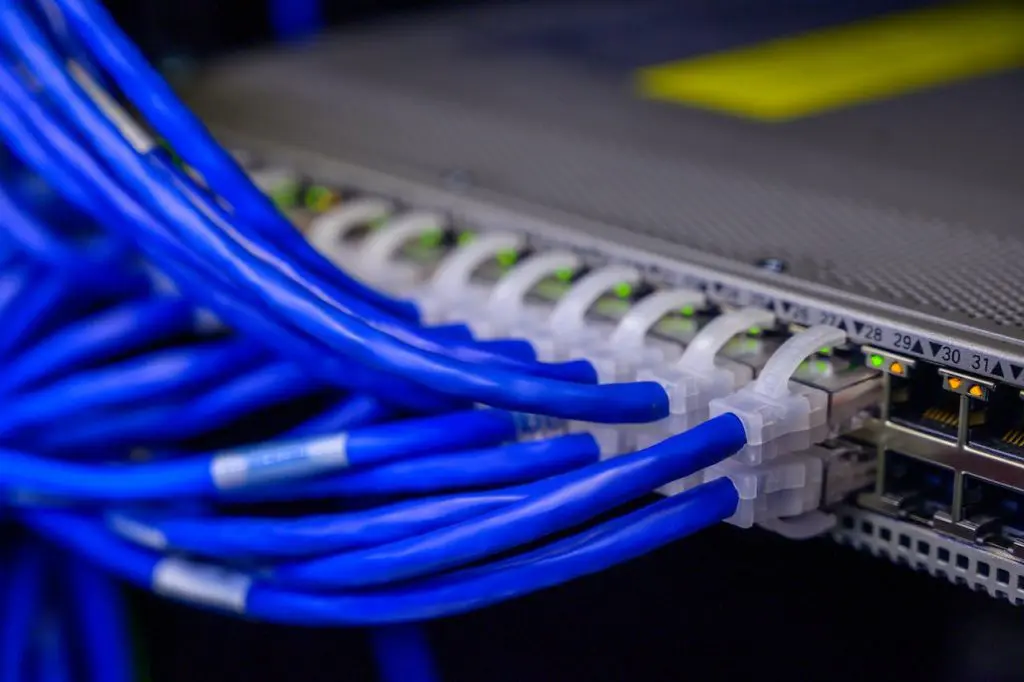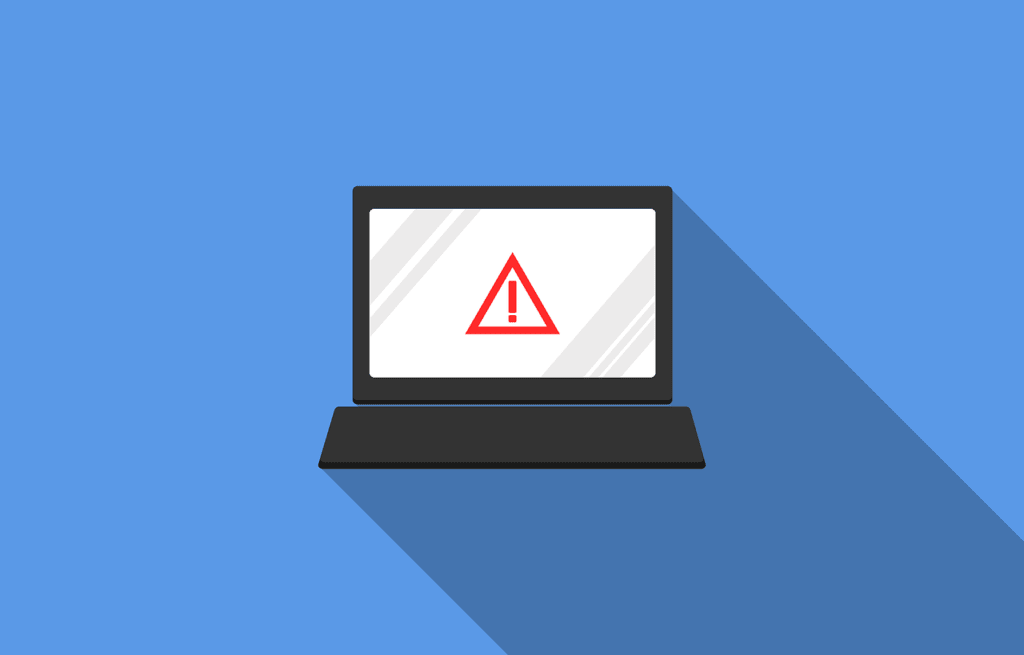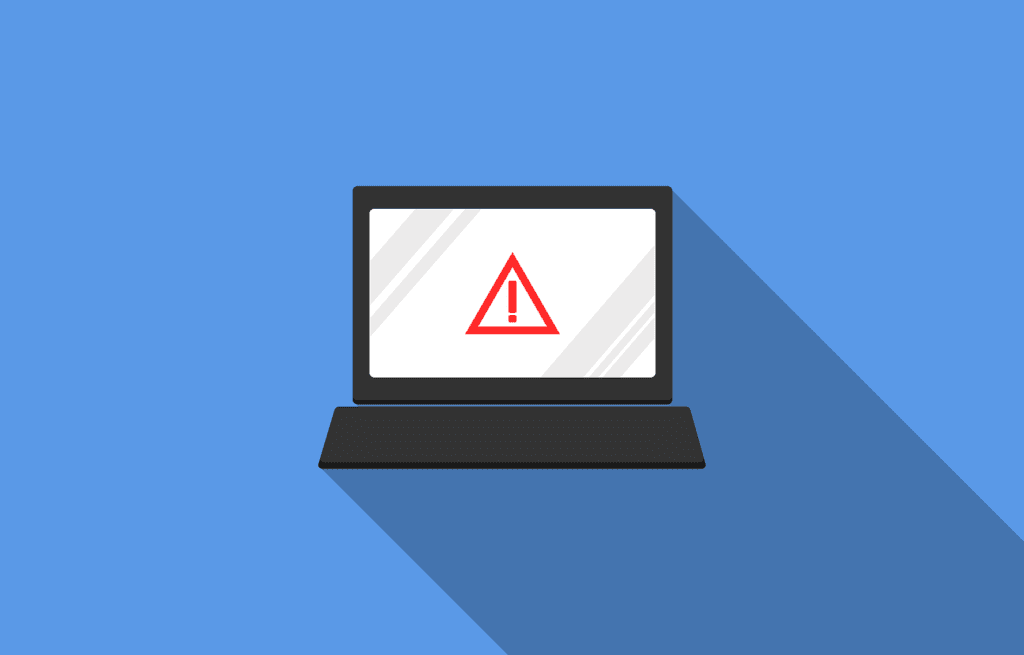Estimated reading time: 4 mins
Protecting your network is vital in today’s rapidly expanding digital economy, where technological advancements occur at unprecedented rates. Businesses must adopt the most effective network security solutions to stay ahead of oncoming cyber threats. Using this comprehensive guide, we point out the most effective tactics that every organization should be aware of to protect their business networks.

Assess Your Network
To begin the process of safeguarding your network, first, assess its current state and identify any potential vulnerabilities or threats. You may do a network audit using a range of tools and techniques, such as scanning, testing, monitoring, and assessing the network’s components and traffic. A network audit may help you detect vulnerabilities such as outdated software, improperly configured devices, unauthorized users, or malicious behavior. Once you get the audit results, you will be able to prioritize and implement the necessary improvements to improve the security of your network.
Install Firewalls and Antivirus
As part of the network security process, all devices connected to the network should have firewalls and antivirus software installed. Firewalls are either physical devices or software programs that filter and restrict network traffic entering and leaving a network based on rules that have been established. Antivirus software is responsible for detecting and eliminating any malicious software, including viruses, worms, and ransomware, that has the potential to infect or damage network-connected devices. Firewalls and antivirus-protected application software may help you defend your network from both internal and external threats, including phishing, malware, and hackers.
Deploy SD-WAN Solutions
Software-defined wide area networking (SD-WAN) enhances network security by prioritizing traffic and enhancing connection performance. Software-defined wide area networking (SD-WAN) can seamlessly integrate with various security duties due to its architectural flexibility.
As the number of Internet of Things devices grows, the network edge expands to include sensors, vehicles, industrial equipment, and wearables, making security measures more important. To handle the increasing network footprint, reliable performance monitoring, data aggregation, and dynamic routing are required. Ensuring the security of your business network is one of the key SD WAN benefits.
Physically Protect Your Networks
To protect the security of your wireless networks and access points, employ the most effective software or service provider. However, if no physical protection is in place, they will continue to be vulnerable to threats and damage.
One of the most common misconceptions in the realm of cybersecurity is that the network concealed behind a closed door is the most secure of all networks. As long as individuals are near a network, cyberattacks are possible.
As a result, you should ensure that you have appropriately trained security personnel on-site. On all operating systems, they should be able to choose whether to physically allow or deny access to anyone seeking to join the network. They should be competent and powerful enough to accomplish this.
Choose a Data Loss Prevention Solution
Data exfiltration, also known as unlawful data transmission from an endpoint, is common inside a company. Malware or internal threats may trigger this data exfiltration. Compliance laws may require the protection of sensitive data stored, processed, or transmitted by your company. It makes perfect sense to recognize and monitor incidents involving sensitive data to avert breaches, regardless of any regulatory limits that may exist.
Develop an Incident Management Plan
An incident management plan is a document that outlines how your firm will handle a cyber occurrence and return to normal operations. The structure and information provided will allow both your event management and incident response teams to perform their roles more successfully.


When a security breach is identified via network security monitoring, the incident response (IR) team is notified, and an incident response plan is implemented. During this time, they are responsible for communicating the problem to the appropriate teams and working towards a prompt resolution. Following the resolution of the issue, the next step involves restoring the systems to their normal functioning. A business continuity and disaster recovery plan may help you ensure the availability of your network and the services it connects to.
Train and Educate Your Employees
Finally, to improve network security management, businesses must educate their employees and invest in network monitoring technology. Every employee poses a possible security risk since they are all connected to the Wi-Fi network in some way. At regular intervals, it is critical to assess their degree of cybersecurity knowledge. To establish your team’s degree of competence, you may administer a short questionnaire in the form of a question-and-answer session. Taking the results into consideration, you may plan training sessions to ensure that everyone is on the same page.

